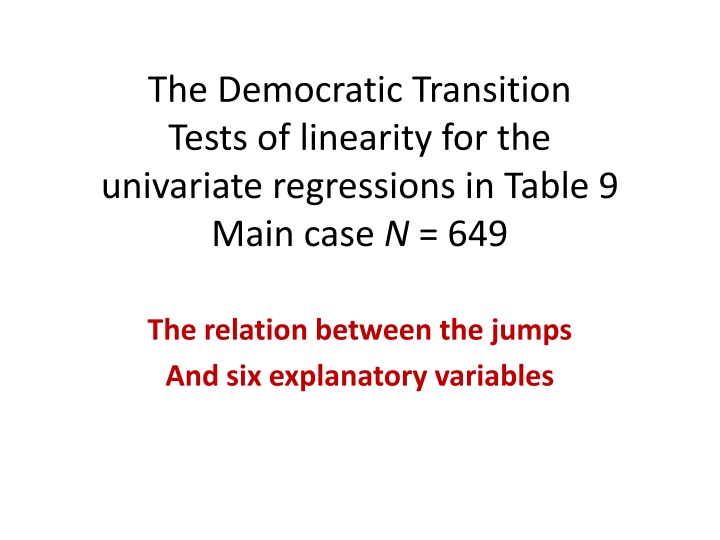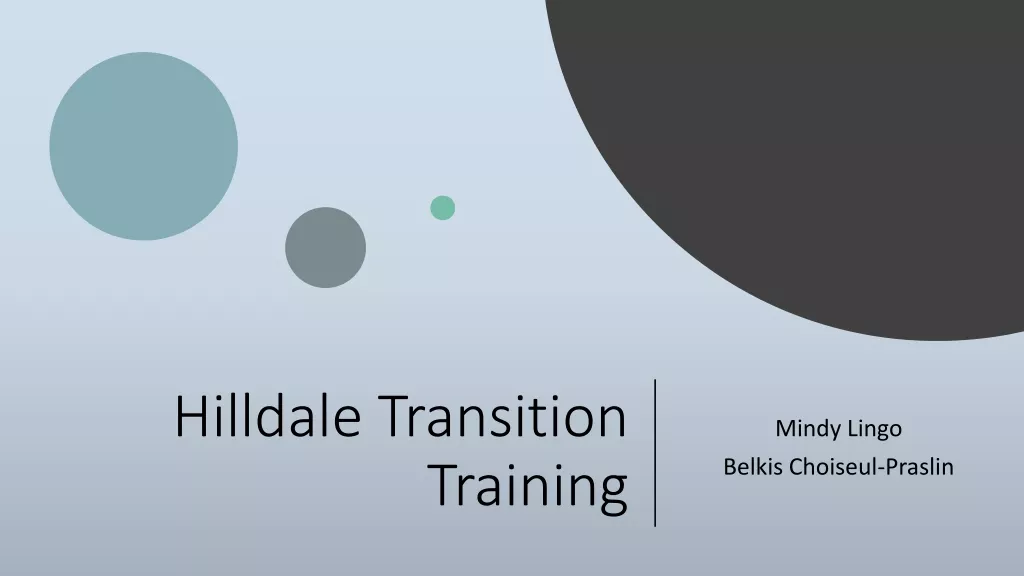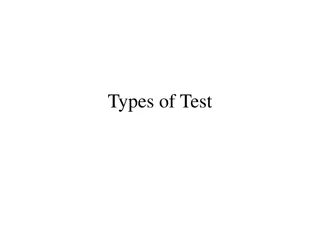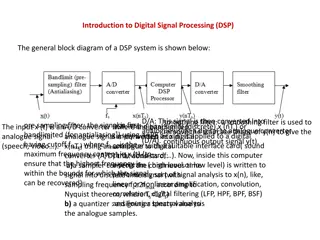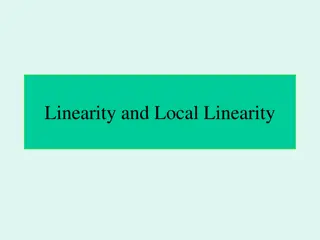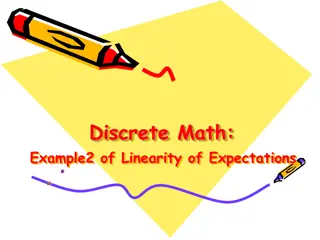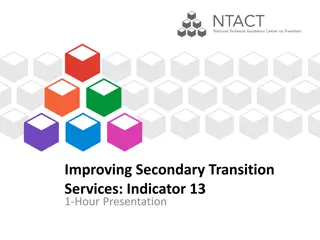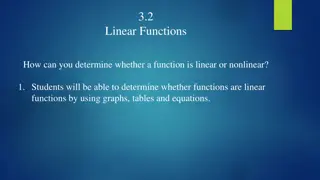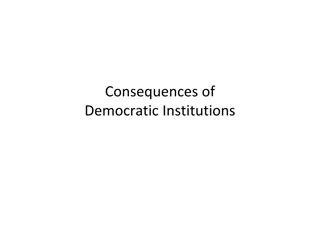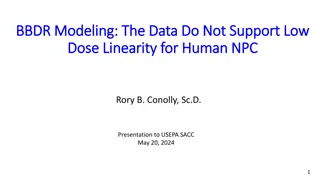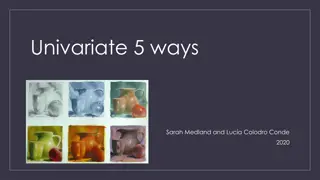Democratic Transition Tests for Linearity in Univariate Regressions
This analysis examines the linearity of univariate regressions with 649 data points. It explores the relationship between variable jumps and six explanatory factors. The study aims to understand the impact of these variables on the democratic transition process. The findings in Table 9 indicate the significance of these relationships and provide insights into the dynamics of democratic transitions.
Download Presentation

Please find below an Image/Link to download the presentation.
The content on the website is provided AS IS for your information and personal use only. It may not be sold, licensed, or shared on other websites without obtaining consent from the author.If you encounter any issues during the download, it is possible that the publisher has removed the file from their server.
You are allowed to download the files provided on this website for personal or commercial use, subject to the condition that they are used lawfully. All files are the property of their respective owners.
The content on the website is provided AS IS for your information and personal use only. It may not be sold, licensed, or shared on other websites without obtaining consent from the author.
E N D
Presentation Transcript
The Democratic Transition Tests of linearity for the univariate regressions in Table 9 Main case N = 649 The relation between the jumps And six explanatory variables
Relation between J and g, growth same year Growth is censored to + 10% nothing
Relation between J and g5 growth the preceding 5 years Growth is censored to + 10% nothing
